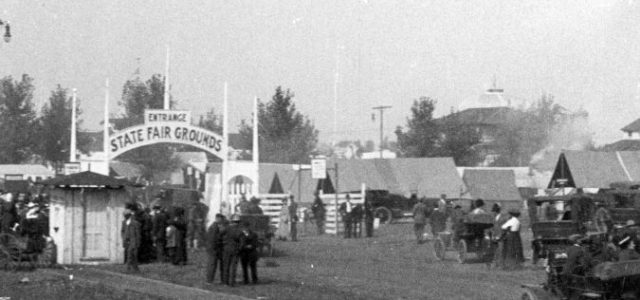
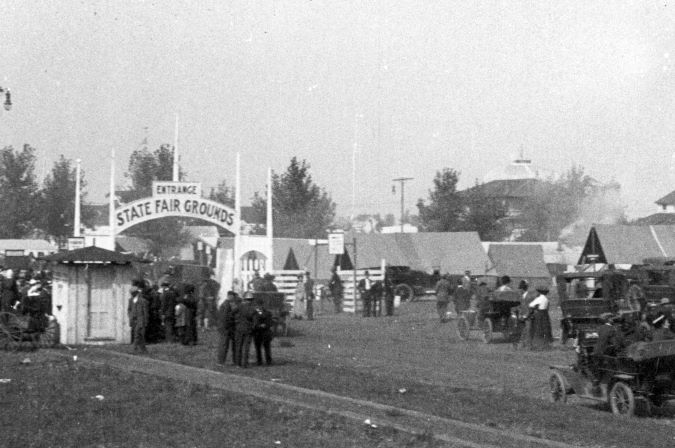
The first state fair was authorized by an act of the Territorial Legislature, approved on April 25, 1885, and signed by Governor Pierce in Bismarck, the capitol of Dakota Territory at that time. The legislative act created a Board of Agriculture for the purpose of “forwarding the interests of agriculture, horticulture, manufacturing, and domestic arts.” The job assigned to the Board of Agriculture: organize and maintain an annual exhibition of the products of the territory in agriculture and stock raising, to be known as the “Annual Territorial Fair.”
The site of the Fair was not designated in the legislation, and the larger towns of the territory — Sioux Falls, Pierre, Aberdeen, Mitchell, Yankton, and Huron — submitted offers of suitable grounds and buildings for displays and horse races, along with funds for advertising. The Board eventually accepted an offer from the city of Huron, and the first territorial fair was held there from September 29 to October 2, 1885.
On a local note: in response to that first State Fair, Miner County organized its first county fair, held in Howard from September 29 to October 1, 1886. Prizes totaling $1,500 were given away. An active county fair organization, led by A. Sylvester (president), L. W. Aldrich (vice president), George Blackman (secretary), J. C. Lee (treasurer) and Sol Debolt (superintendent), sponsored the county event.
At the state level, towns would bid to host the State Fair for several consecutive years, before the bidding process started again. Hosting the fair was not inexpensive for the host city. In 1890, for example, Aberdeen paid $1,700 to secure the State Fair. Over the years, these towns hosted the fair:
Huron – 1885, 1886, 1905
Mitchell – 1887 and 1888
Aberdeen – 1889, 1890, 1893 and 1894
Sioux Falls – 1891, 1892 and 1895
Yankton — 1896 to 1904
Even in those early days, between 4,000 to 5,000 people attended the State Fair. The main attractions usually included grain, livestock, and domestic exhibits, horse trotting, running and racing, a tight rope walker, and a balloon ascension. Horse racing purses ran as high as $1,000 (the average purse was $500) and county representatives competed for the $300 purse for the best agricultural exhibit.
Those early fair contracts were not without suspicion and scandal. In 1895, Sioux Falls won the right to hold the State Fair for six years. Sioux Falls agreed to pay $1,500 for the first year and $1,000 each year after. Receipts for the 1895 fair totaled $10,711.61 but, soon after the 1895 fair was over, the State Fair Board had just $1,500 left in its coffers after operating expenses were paid and still had to pay $4,500 in prize money to exhibit winners. After the financial brouhaha in 1895, the city of Sioux Falls lost its 6-year contract to host the fair.
In 1896, Yankton successfully bid to host the fair for nine years. However, the State Fair Board set several conditions: a 40-acre site near the railway station, guaranteed payment of exhibit prices, and guaranteed payment of all State Fair Board expenses. The local Yankton board, which oversaw the operations of the fair, was $1,800 in debt by 1898, only two years after Yankton procured the fair. As the end of the Yankton contract approached, public support grew for the South Dakota Legislature to have direct involvement with the State Fair, through laws and appropriations.
The State Fair issue came up for debate in the 1903 Legislative session when Senator Fred M. Wilcox of Beadle County introduced a bill to have the State Fair moved permanently to Huron. In the midst of that debate and before passage of the bill, the Chicago & Northwestern Railway Company offered to deed 85 acres of land valued at $50,000 for the fairgrounds, if the fair became permanently located in Huron. The bill passed and the State Fair moved, permanently, to Huron. In addition, the Appropriations Committee passed a law to provide $10,000 for the construction of permanent State Fair buildings in Huron. The buildings owned by the Central South Dakota Fair Association, built when Huron hosted the State Fair, were purchased by the South Dakota Fair Board for $1,015 and the grandstand that belonged to the Yankton State Fair Association was purchased and moved to Huron. Over the years, additional ground and buildings were added to the State Fair site in Huron and, eventually, the fairgrounds expanded to 170 acres.
At the 1905 State Fair, Gov. Samuel H. Elrod gave a dedication address and the crowds also heard speeches by Senator Alfred B. Kittredge and Congressman Charles H. Burke. Reporters noted that “the buildings and grounds overflowed with humanity.” There were daily horse races and livestock parades along with the usual exhibits of cattle, horses, swine, sheep, buffalo, poultry, and bees. There was also a group of Crow Creek American Indians in native dress that cooked, danced, and lived in wigwams on the fair grounds. The total receipts for the 1905 fair were $19,224.59.
Fair activities for youth began with a Boys State Fair camp in 1915. Each county was invited to send one delegate to be selected by their County Superintendent of Schools, based on the young man’s skill growing corn and potatoes and judging crops and livestock. In 1918, the first Girls State Fair Camp was organized with 24 food canning demonstrations and 24 Liberty food teams. In 1919, 4-H Clubs took over the youth activities and county agents supervised the 86 girls and 90 boys who brought about 100 exhibits at the first 4-H Fair that year.
————
Information for this article was taken from: “Early History of Miner County” by Leif I. Fjellestad; the South Dakota State Fair website; and “Early History of South Dakota State Fair” from the South Dakota State Historical Society-Archives at the South Dakota Cultural Heritage Center.
Article published in August 27, 2020 issue of the Miner county Pioneer Newspaper.




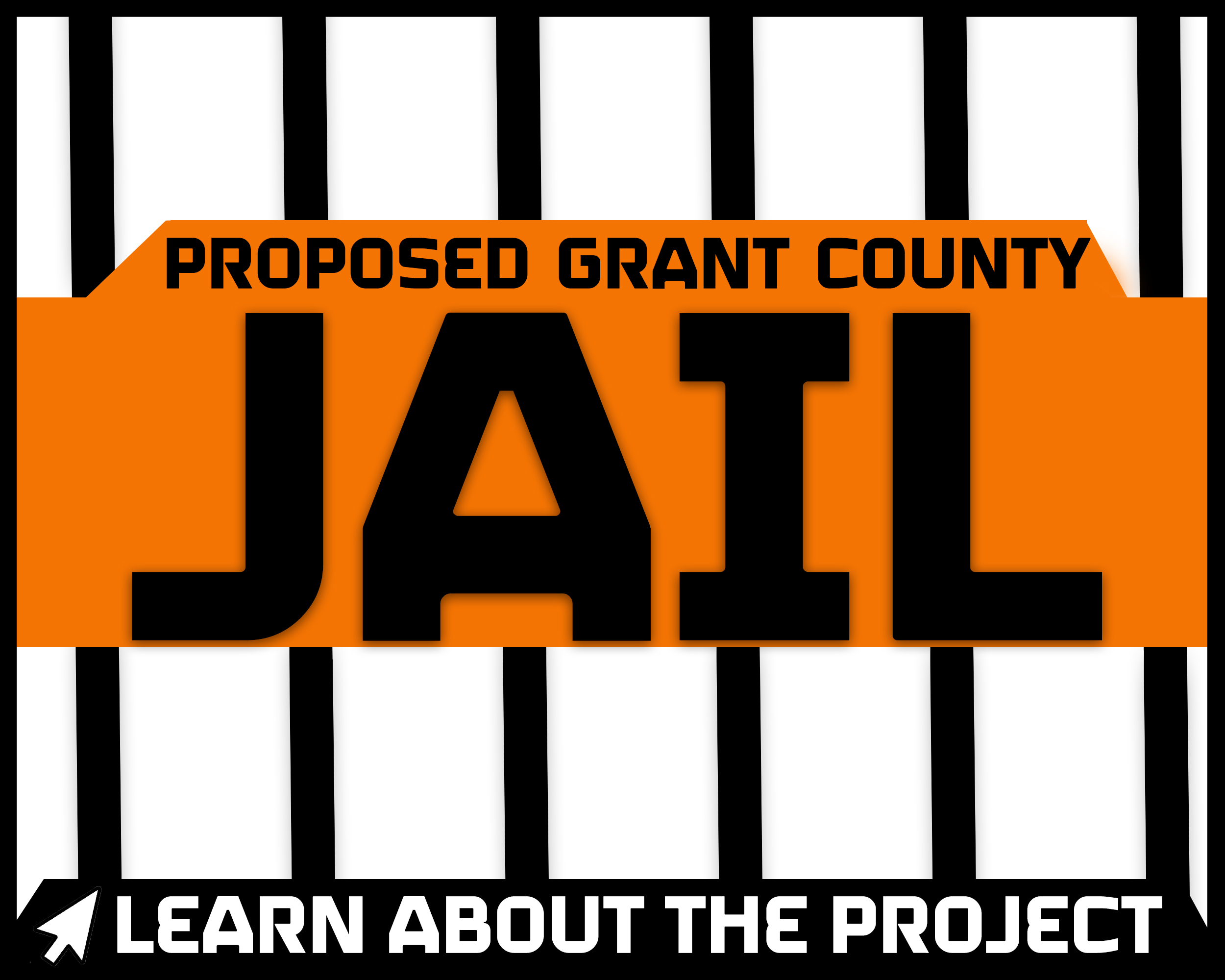
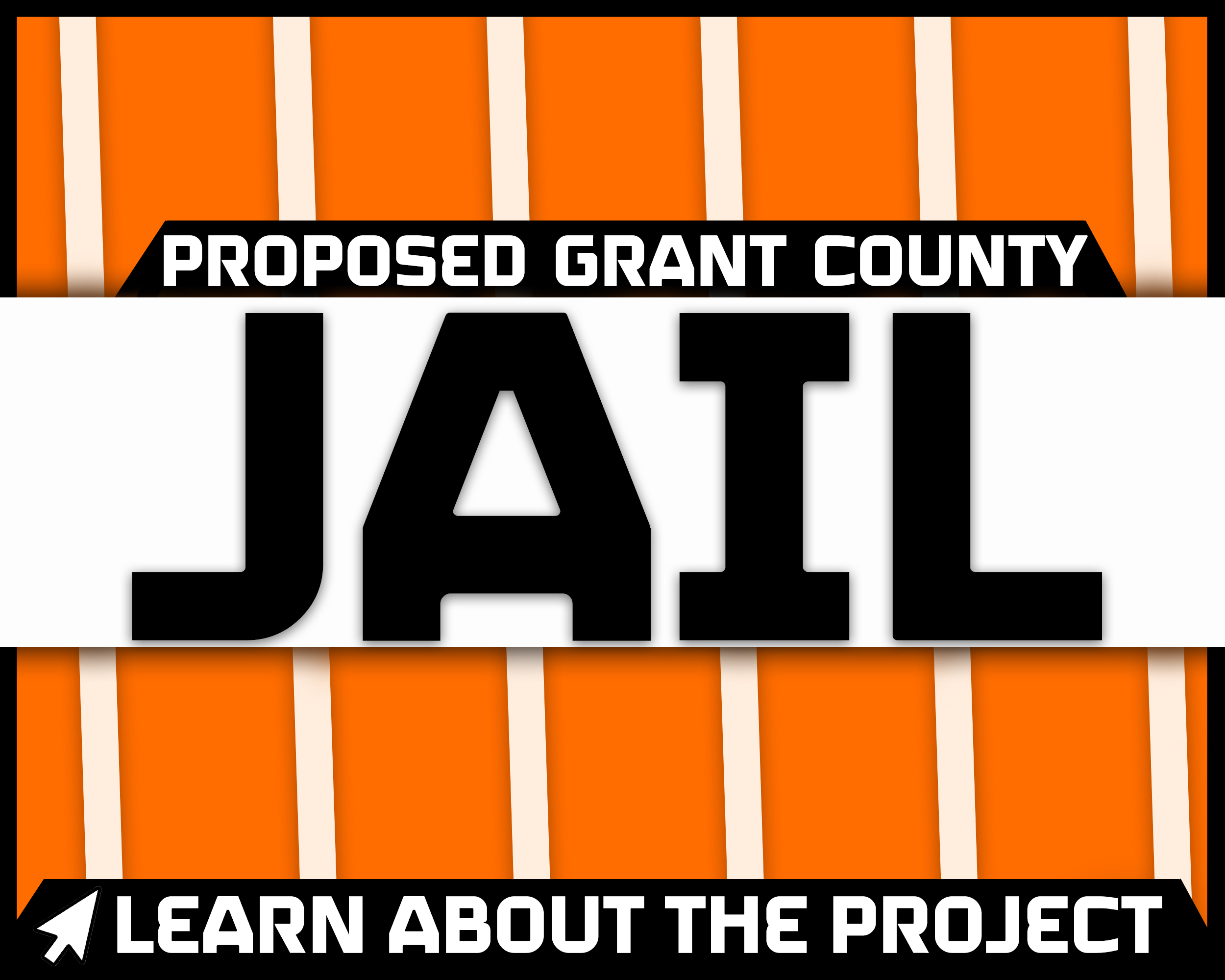




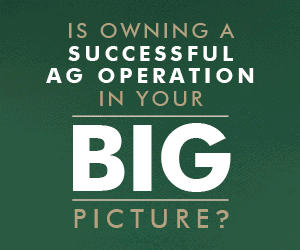
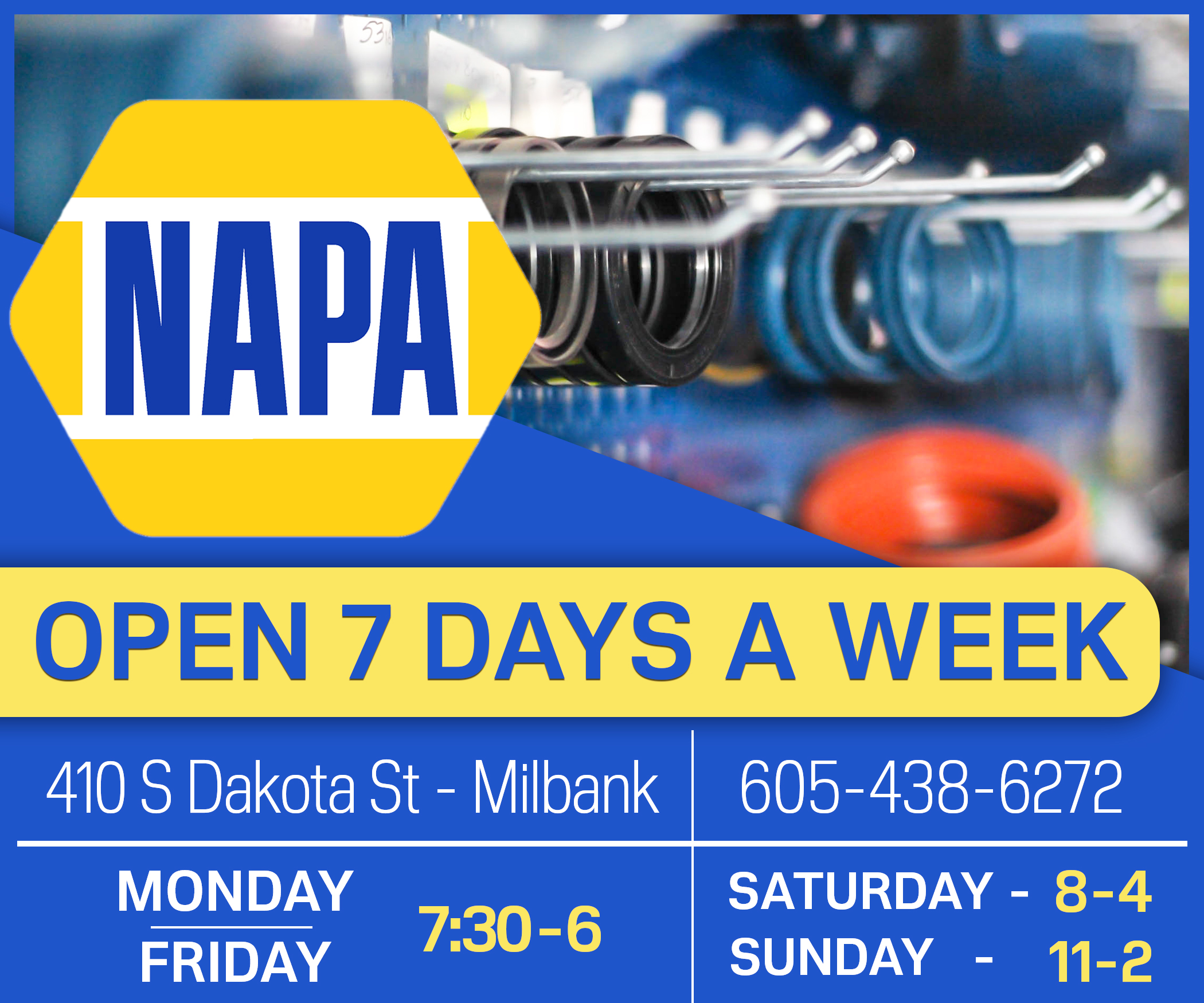
No comments so far.
Be first to leave comment below.